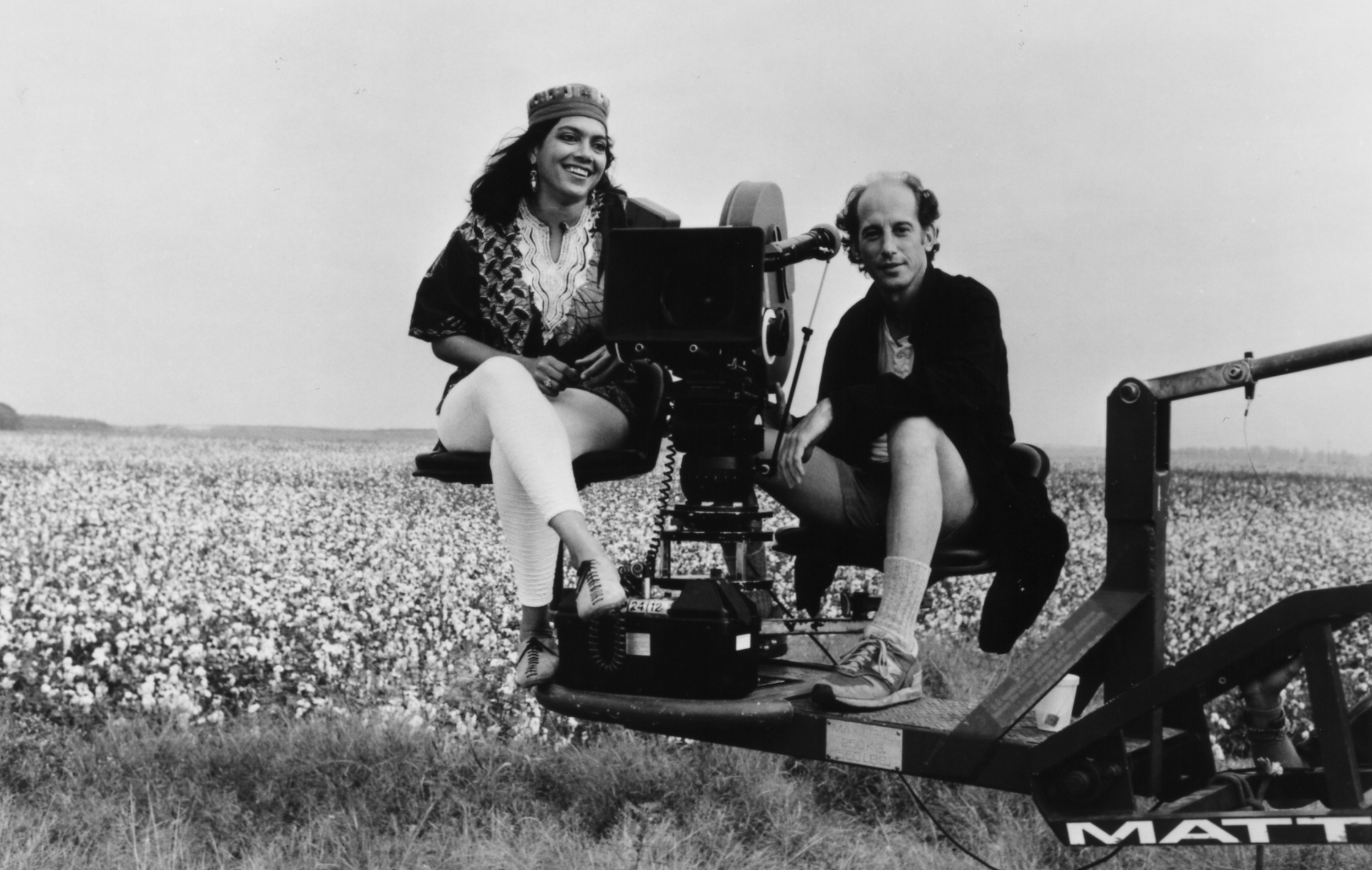
Inside the Archives: One Degree of Sundance Institute at the 2024 Oscars
Director Mira Nair and cinematographer Edward Lachman on the set of Mississippi Masala. Photo by Mitch Epstein by the Archives Team With the Spirit Awards

Director Mira Nair and cinematographer Edward Lachman on the set of Mississippi Masala. Photo by Mitch Epstein by the Archives Team With the Spirit Awards
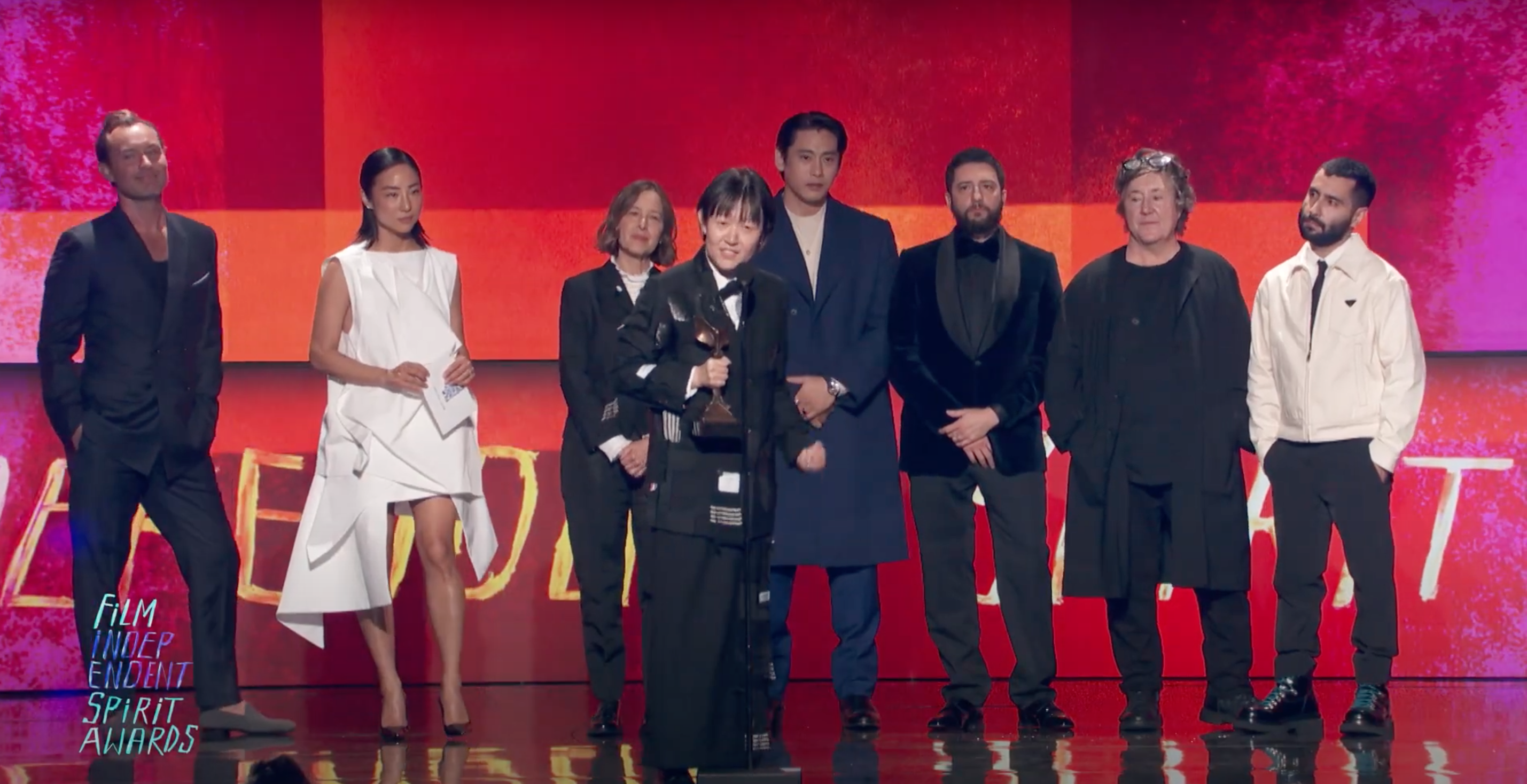
The vibe inside the big white tent of the 2024 Film Independent Spirit Awards was that of a warm family reunion. With so many projects
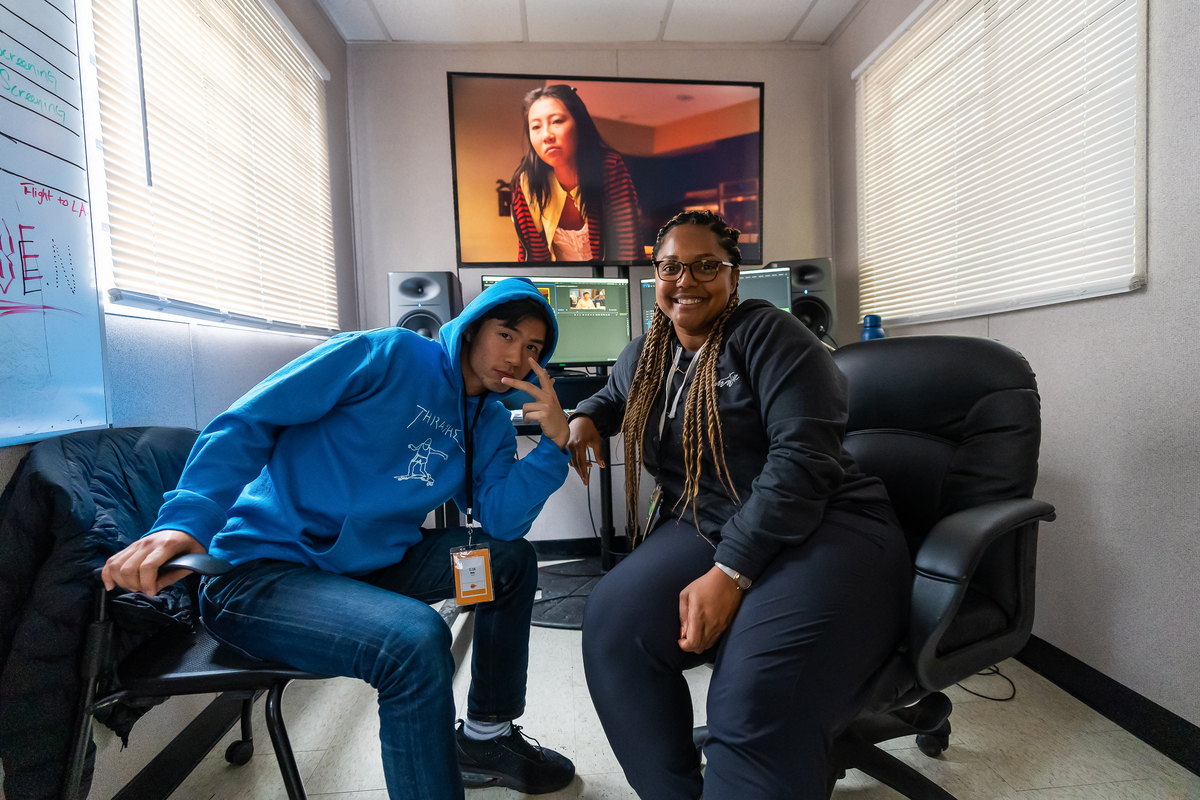
Sean Wang and Daysha Broadway working on “Dìdi (弟弟)” at the 2023 Directors Lab by Sam Emenogu When you picture a film editor, oftentimes you
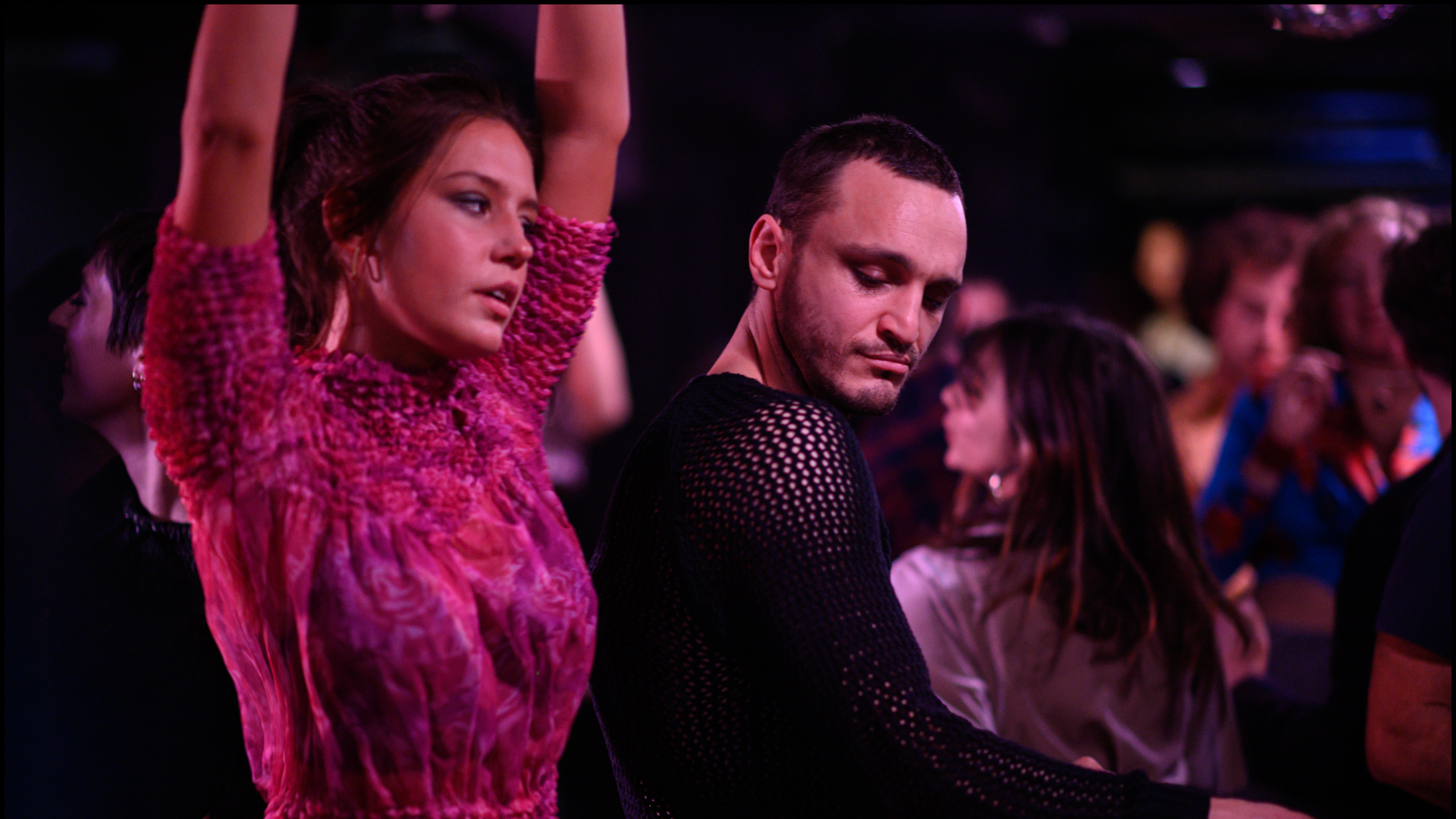
This morning, Joel Kim Booster and Natalie Morales announced the nominations for the 2024 Film Independent Spirit Awards and we were once again reminded what
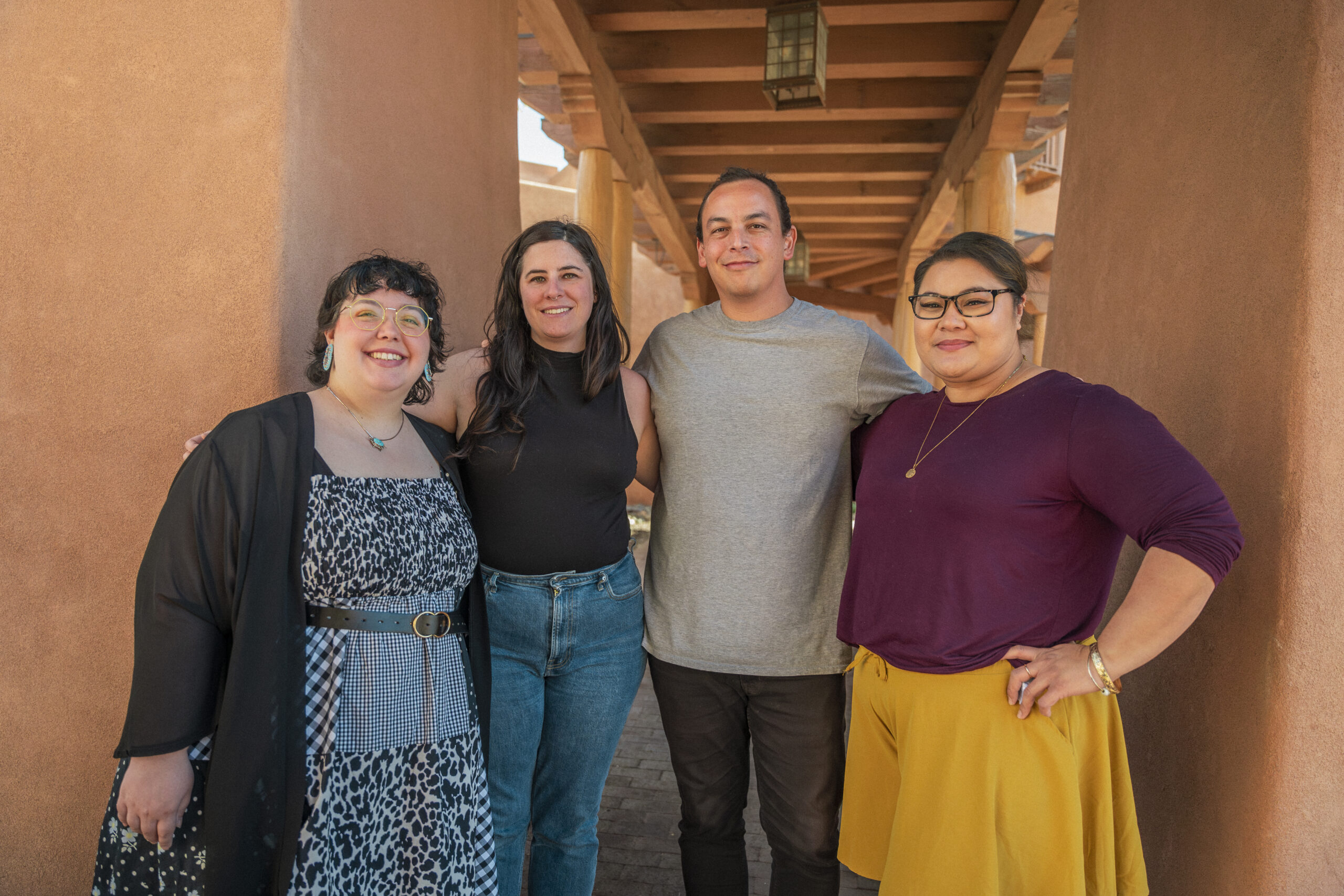
Over the course of Native American Heritage Month, we have highlighted some of the Sundance Institute–supported Indigenous artists, including conversations with Jana Schmieding and Alex
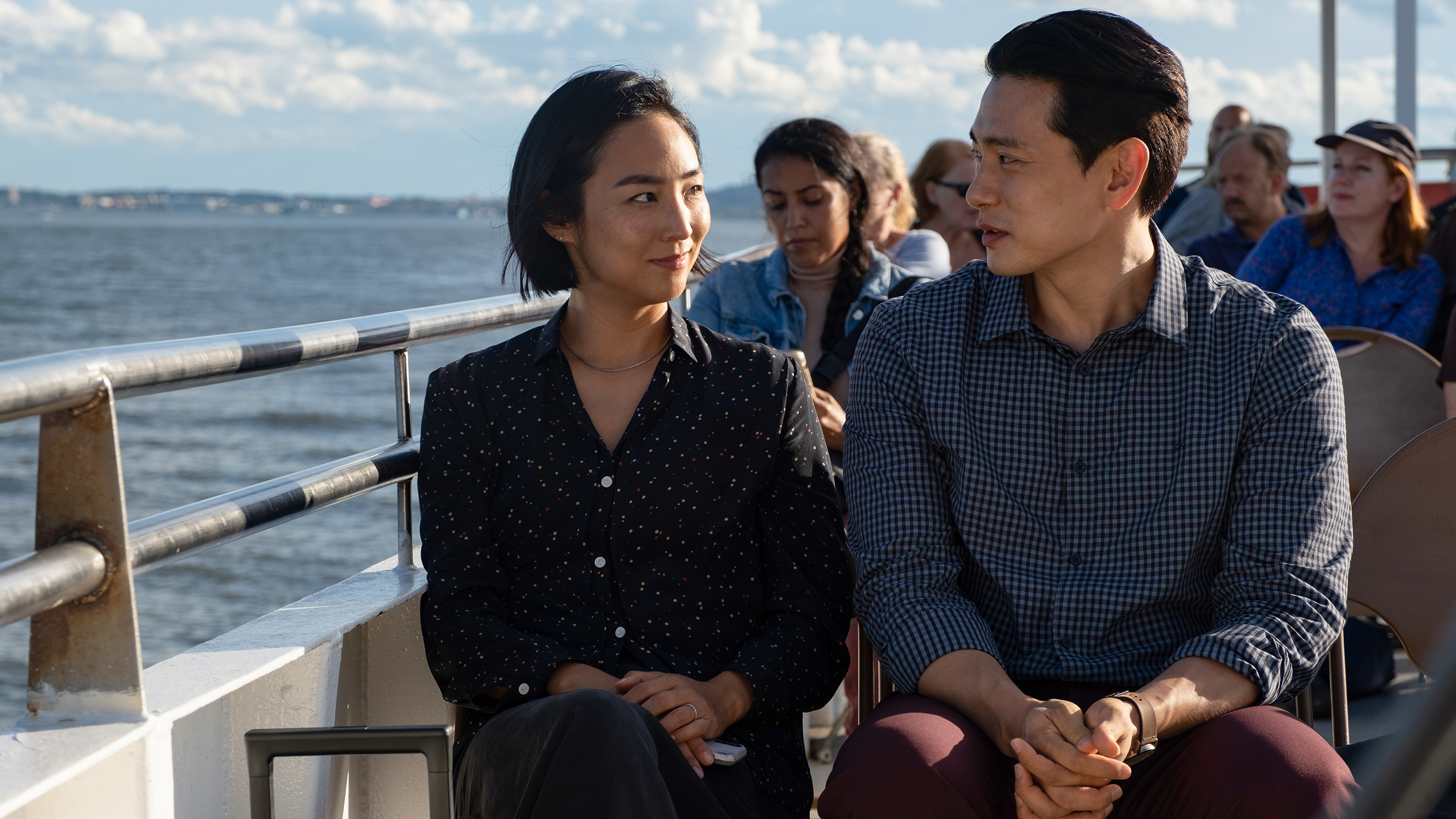
Earlier this evening the Gotham Film & Media Institute held their annual Gotham Awards and we’re over the moon that Sundance-supported projects nabbed two major
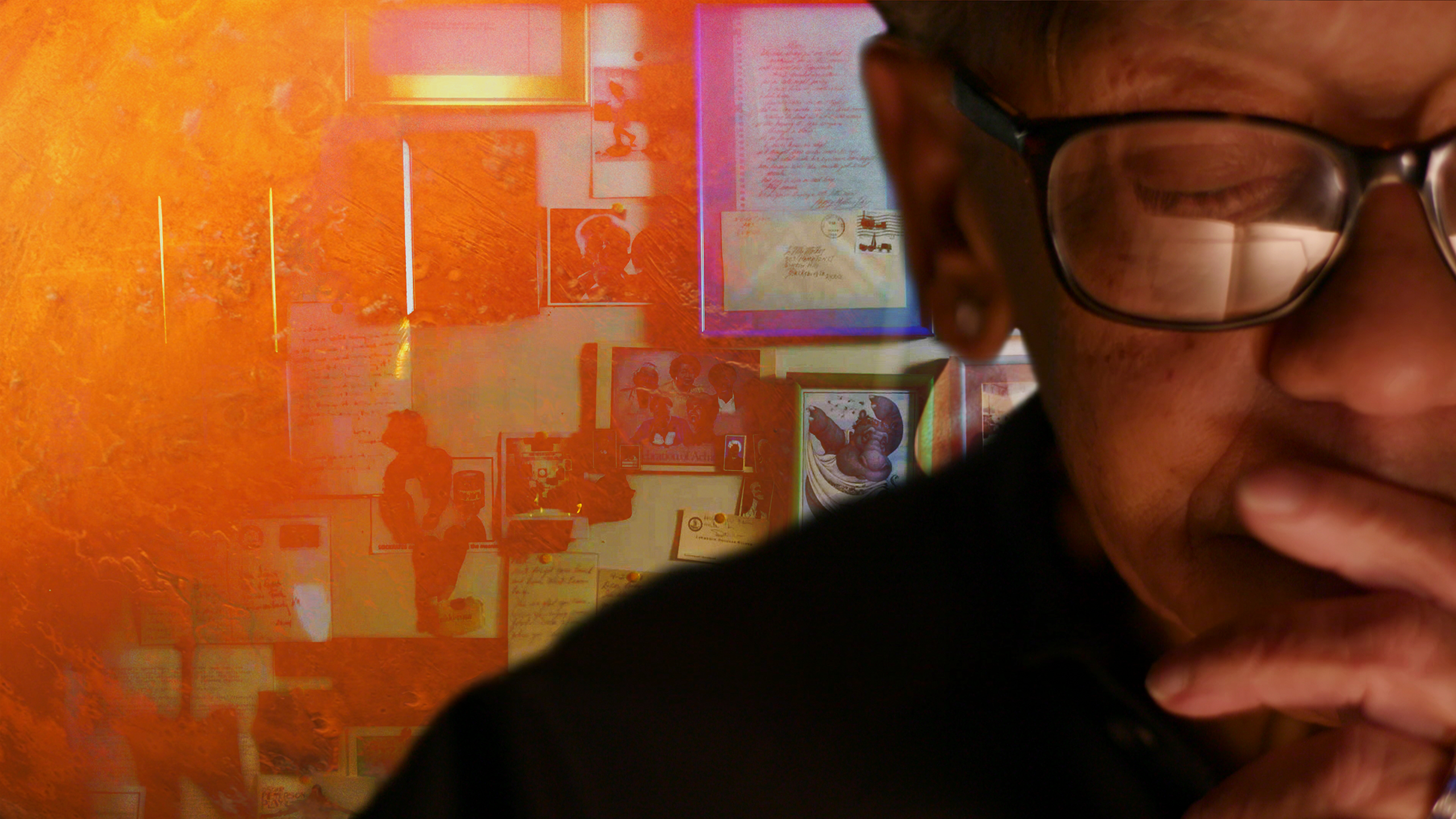
Awards season is in full swing and this morning the International Documentary Association unveiled their full nominee list for their 2023 honors. We were thrilled
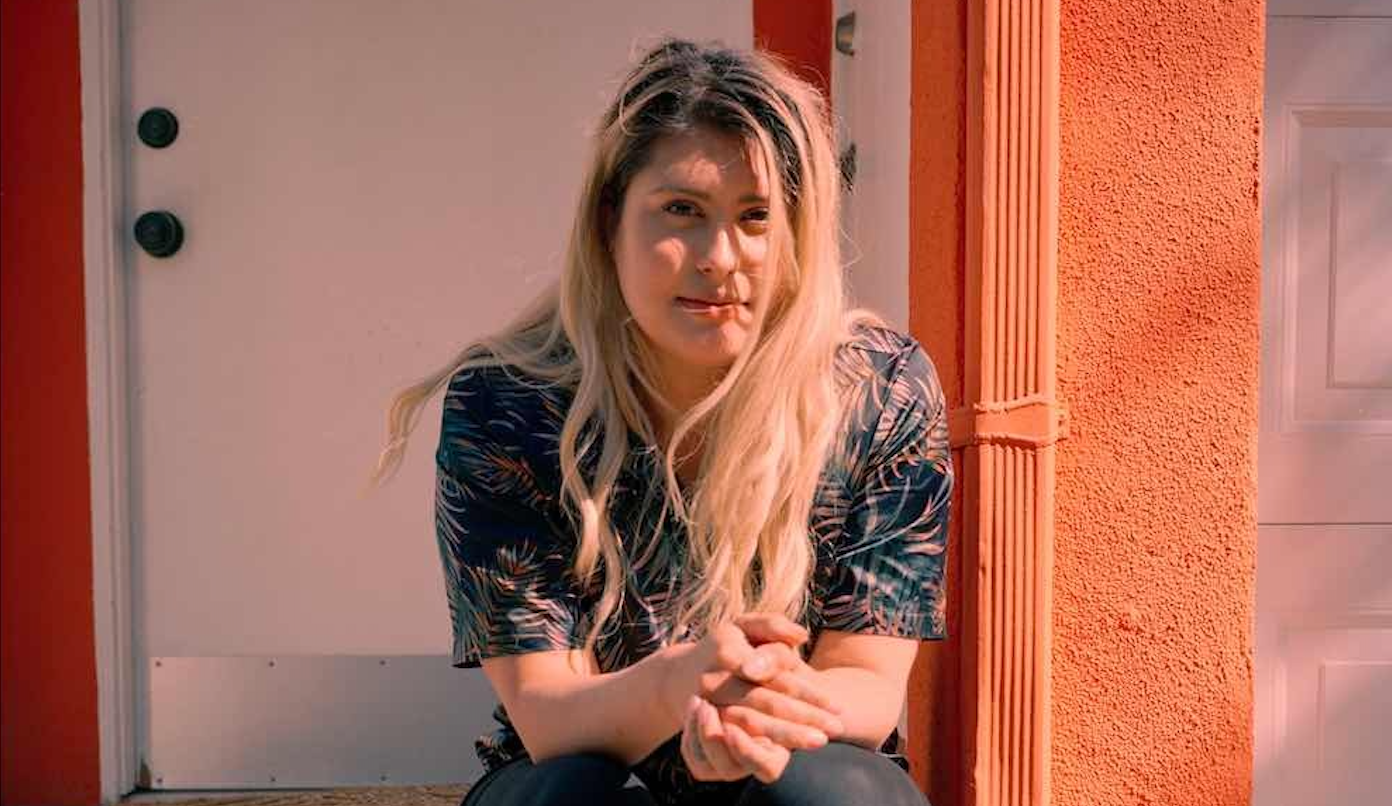
Alexandra Lazarowich photo by Sam Richardson By Adam Piron In keeping with our celebration of Native American Heritage Month, we have been looking at the
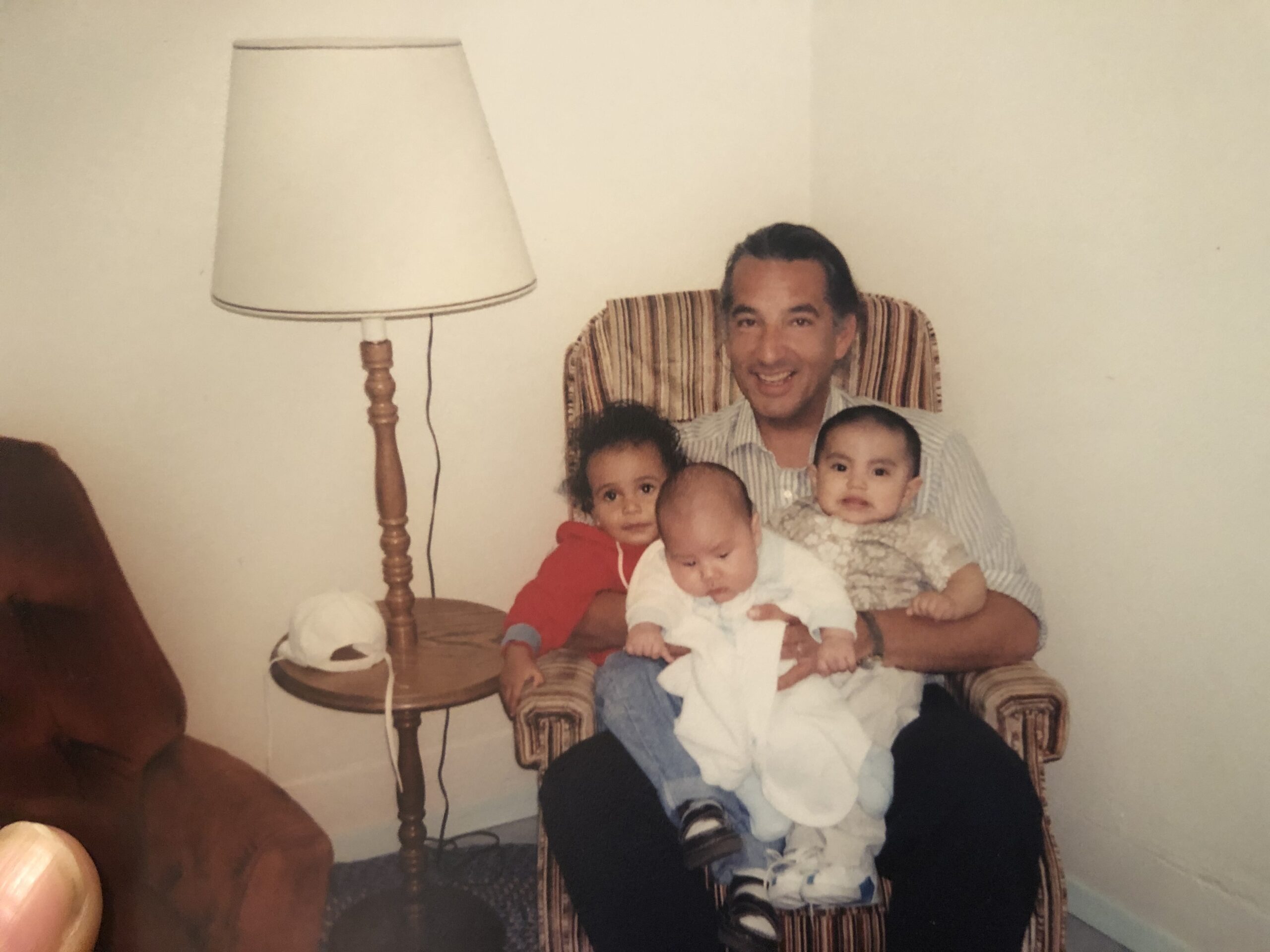
For Native American Heritage Month, the Sundance Institute is proud to highlight conversations with former and current Indigenous Program fellows that focus on the bi/multiracial
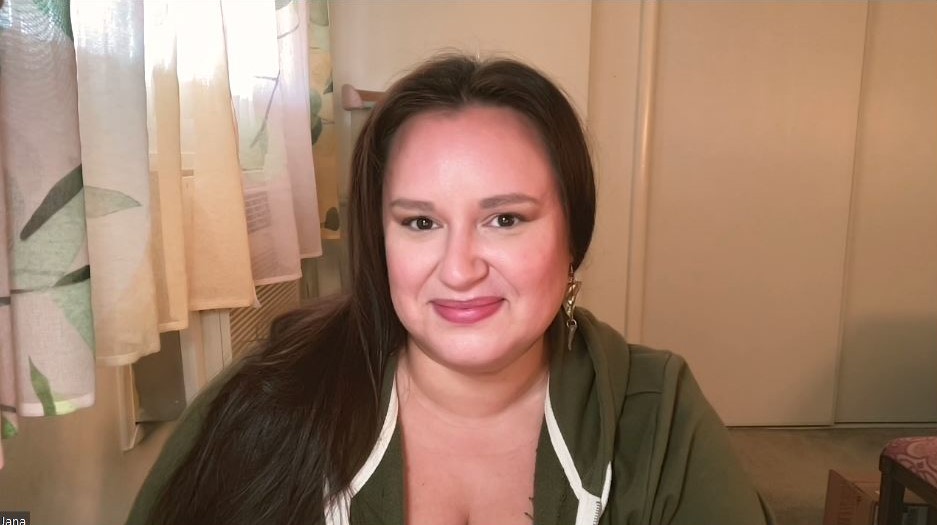
by Ianeta Le’i Sipping on a frothy homemade vanilla latte, Jana Schmieding is the kind of person you want as your best friend. It’s the
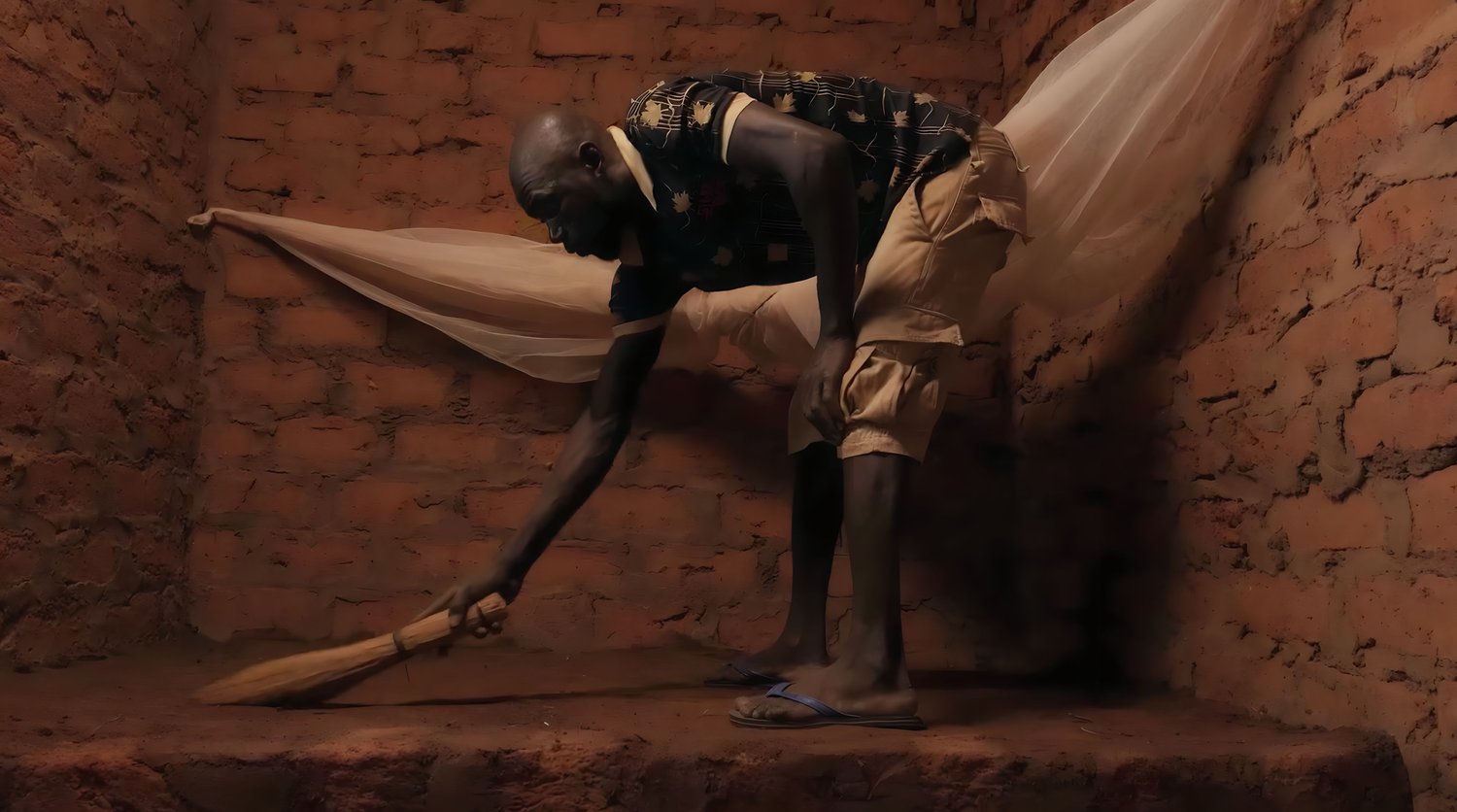
Above: a still from Pascale Appora-Gnekindy and Ningyi Sun’s documentary “Eat Bitter” Sundance Institute’s artist programs were created to support independent storytellers working in a
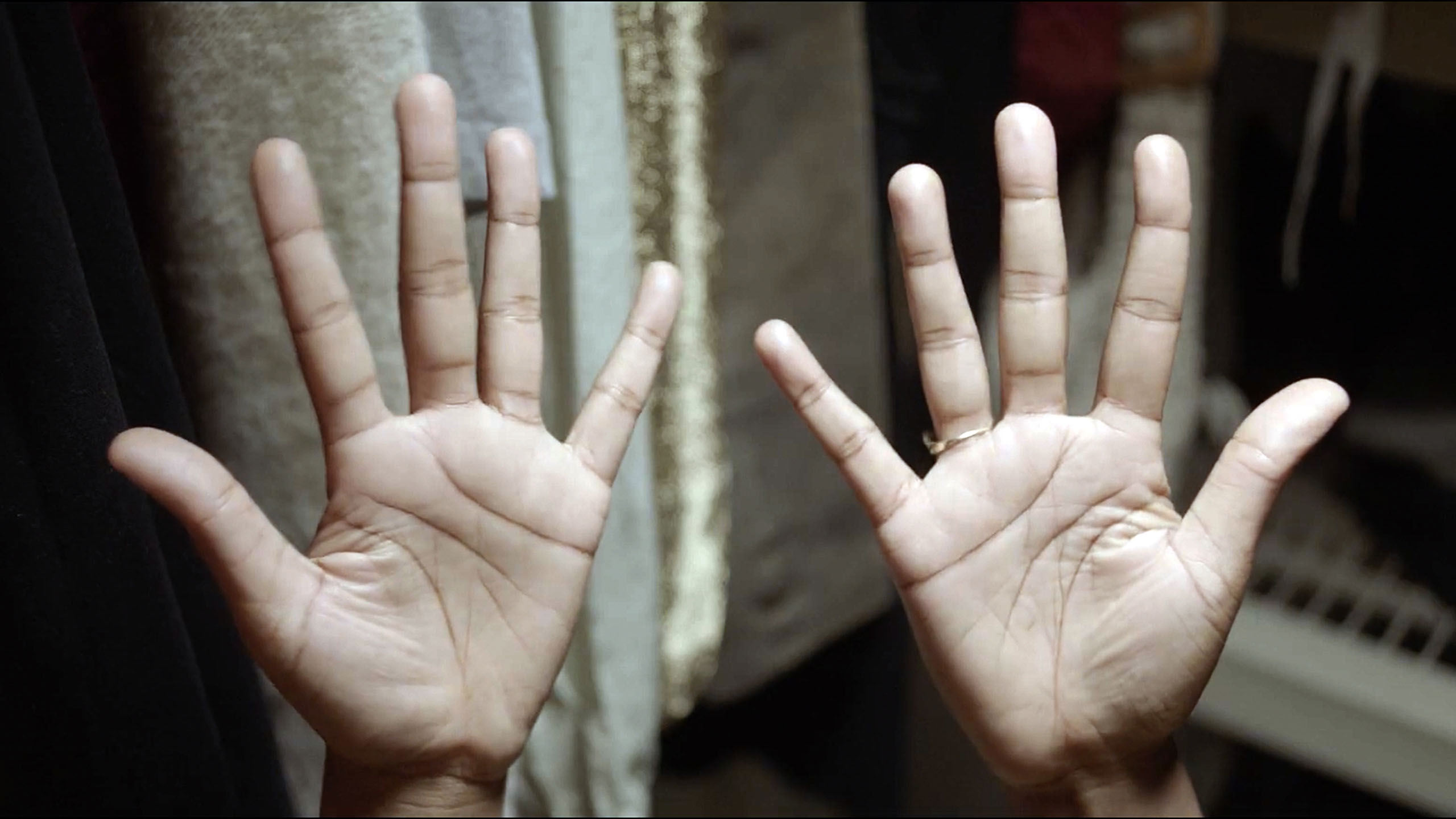
By Stephanie Ornelas For years, independent filmmakers with disabilities have welcomed audiences into their personal narratives. They’ve worked to gain agency and bring authentic and
Terms & Conditions | Privacy Policy
© 2025 Sundance.org